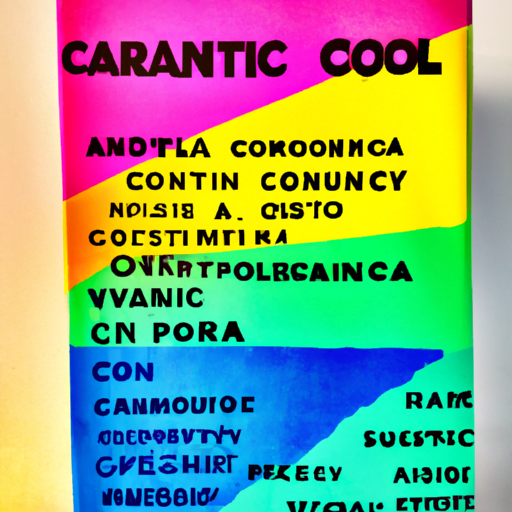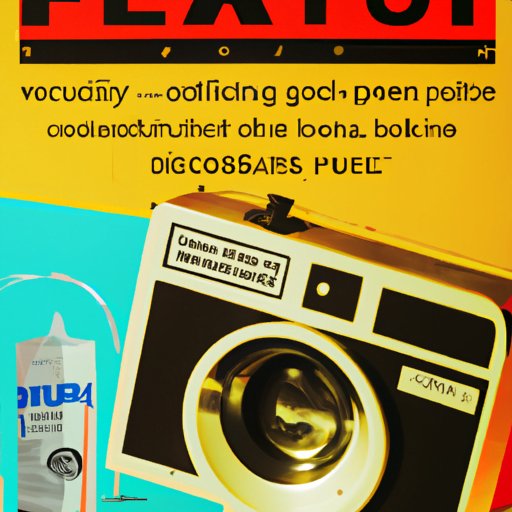
-
Table of Contents
Typography in Packaging for Sustainable Products: Educating Consumers

Typography plays a crucial role in packaging design, and when it comes to sustainable products, it becomes even more important. In today’s environmentally conscious world, consumers are increasingly seeking out products that align with their values and have a minimal impact on the planet. Packaging that communicates sustainability through typography can educate and engage consumers, helping them make informed choices. This article explores the significance of typography in packaging for sustainable products and how it can effectively educate consumers.
The Power of Typography in Packaging
Typography is more than just selecting a font for packaging; it is a powerful tool for communication. The typography used in packaging design can evoke emotions, convey brand personality, and influence consumer behavior. When it comes to sustainable products, typography can play a crucial role in educating consumers about the product’s environmental impact and encouraging them to make eco-friendly choices.
Here are some key ways in which typography can educate consumers:
- Clear and Informative Labels: Typography can be used to clearly communicate important information about the product’s sustainability features. For example, using bold and easily readable fonts to highlight eco-friendly certifications or recycled content percentages can help consumers quickly identify sustainable products.
- Storytelling: Typography can be used to tell the story of the product’s journey towards sustainability. By incorporating text that explains the brand’s commitment to the environment or the product’s sustainable sourcing and manufacturing processes, consumers can develop a deeper understanding of the product’s sustainability credentials.
- Visual Hierarchy: Typography can guide consumers’ attention to the most important information on the packaging. By using different font sizes, styles, and colors, sustainable messages can be emphasized, ensuring that consumers are more likely to notice and absorb the information.
Case Studies: Typography in Sustainable Packaging
Several brands have successfully utilized typography in their packaging design to educate consumers about sustainability. Let’s take a look at a few notable examples:
1. Patagonia
Patagonia, a renowned outdoor clothing brand, is known for its commitment to environmental sustainability. Their packaging design reflects this commitment through the use of typography. The brand uses bold and clean fonts to communicate their eco-friendly practices, such as using recycled materials and reducing waste. The typography on their packaging effectively educates consumers about the brand’s values and encourages them to make sustainable choices.
2. Method
Method, a household cleaning product brand, is dedicated to creating sustainable and non-toxic products. Their packaging design incorporates playful typography that communicates their commitment to the environment. By using vibrant colors and engaging fonts, Method effectively educates consumers about their eco-friendly ingredients and packaging materials. The typography on their packaging not only informs but also creates a positive and memorable brand experience.
The Role of Typography in Consumer Education
Typography in packaging for sustainable products goes beyond aesthetics; it serves as a powerful tool for consumer education. By effectively utilizing typography, brands can educate consumers about the environmental impact of their products and empower them to make more sustainable choices. Here are some key reasons why typography is essential for consumer education:
- Increasing Awareness: Typography can draw attention to sustainability messages, making consumers more aware of the environmental impact of their purchasing decisions. By using typography to highlight key sustainability features, brands can educate consumers about the importance of choosing sustainable products.
- Building Trust: Typography that clearly communicates a brand’s commitment to sustainability can build trust with consumers. When consumers see transparent and informative typography on packaging, they are more likely to trust the brand’s claims and make a purchase.
- Encouraging Behavior Change: Typography can influence consumer behavior by providing information that encourages them to adopt more sustainable habits. For example, typography that highlights the recyclability of packaging materials can motivate consumers to recycle, reducing waste and promoting a circular economy.
Conclusion
Typography in packaging for sustainable products is a powerful tool for educating consumers. By effectively utilizing typography, brands can communicate their commitment to sustainability, provide clear information, and influence consumer behavior. Through clear and informative labels, storytelling, and visual hierarchy, typography can educate consumers about the environmental impact of their purchasing decisions. Brands like Patagonia and Method have successfully used typography to educate consumers about sustainability, setting an example for others to follow. As consumers become more conscious of their environmental footprint, typography will continue to play a vital role in packaging design, helping to create a more sustainable future.
